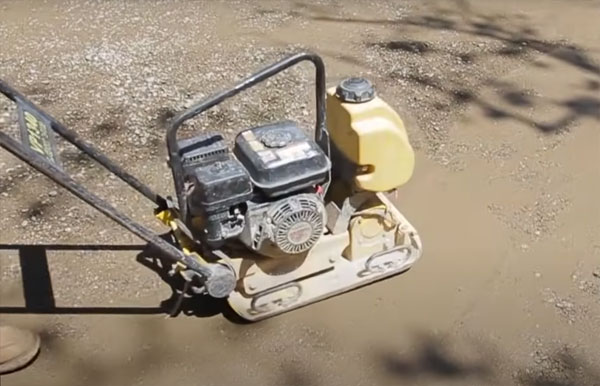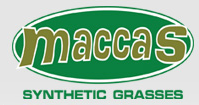It is amazing how many people think they can simply buy artificial grass and install it themselves, expecting to achieve the perfect look despite the fact that they have no experience installing synthetic lawns. How hard can it be, you ask? Well, actually there are many pitfalls. Here are some of the more common ones.
Wrong Fake Grass for Your Application
The success of artificial grass installation starts right back in the design phase of your project. It is wise to have a professional installer come to your property to do a site inspection and give you some advice on the scope of the project and the type of artificial turf that is best suited for your purpose. Yes, there are many different types of fake grass. They come in many colours, piles, lengths and are made from various synthetic materials. The type of synthetic turf you choose for a golf green would be very different to the type of synthetic grass you need for your home.
Hot Tip: Don’t just consider the look of the fake grass. Make sure you consider how it feels. If you are planning on sitting on the grass you want it to feel nice as well as look nice. Buying the wrong type of artificial grass could mean you are stuck with stiff grass blades that don’t feel very nice at all.

Your Synthetic Lawn Develops Divets, Holes and Crevices
There is a saying,” Preparation prevents poor performance!” This is especially true when it comes to preparing the base for your turf. Any divots, holes or crevices you can see in the base need to be corrected before you lay your synthetic lawn. If you do not put the time into properly preparing the base, these holes will eventually replicate above the turf, giving your fake grass an unsightly appearance. Professional installers will prepare the site for you, ensuring the base is even, level and well compacted,
These indents appearing on the surface also become a safety hazard, increasing the chances of someone tripping over. If the turf itself has not been laid and fixed properly, your synthetic lawn can also develop wrinkles – further exacerbating the tripping hazard.
Water Pooling On Your Synthetic Lawn
This problem also relates to site preparation with the added consideration of drainage. If you do not include appropriate drainage in your site preparation it is inevitable that you will have problems with your synthetic lawn.
Weeds Growing Through the Synthetic Lawn
Imagine if you had gone to all the trouble of a DIY install of fake grass, only to have weeds starting to appear through the synthetic lawn. You would think laying synthetic turf over the weeds would kill them right? Well the answer is – not necessarily? If you have had a weed problem in the past, failing to treat the area and lay a membrane, will result in ongoing weed problems.

Edges are Lifting Up or Joins are Obvious
If you are experiencing this problem it is possible edge fittings were not used and joins were not correctly fused together. These details are really the finishing touches on your outdoor fake grass and they make the difference between a polished finish and a dodgy finish at the outset. It is better to use a professional installer who will pay attention to detail and guarantee their work.
If you are thinking about buying your own synthetic turf and doing a DIY installation – save yourself the trouble. We regularly get requests to come and fix a problematic DIY job. It ends up costing more money to rectify the problem than if it had been done correctly in the first place.
If you are not sure about the cost, get a quote done which includes both the supply and installation of your artificial turf by a professional. In doing so, you will be able to make a well informed decision and may even be pleasantly surprised about the total investment.
